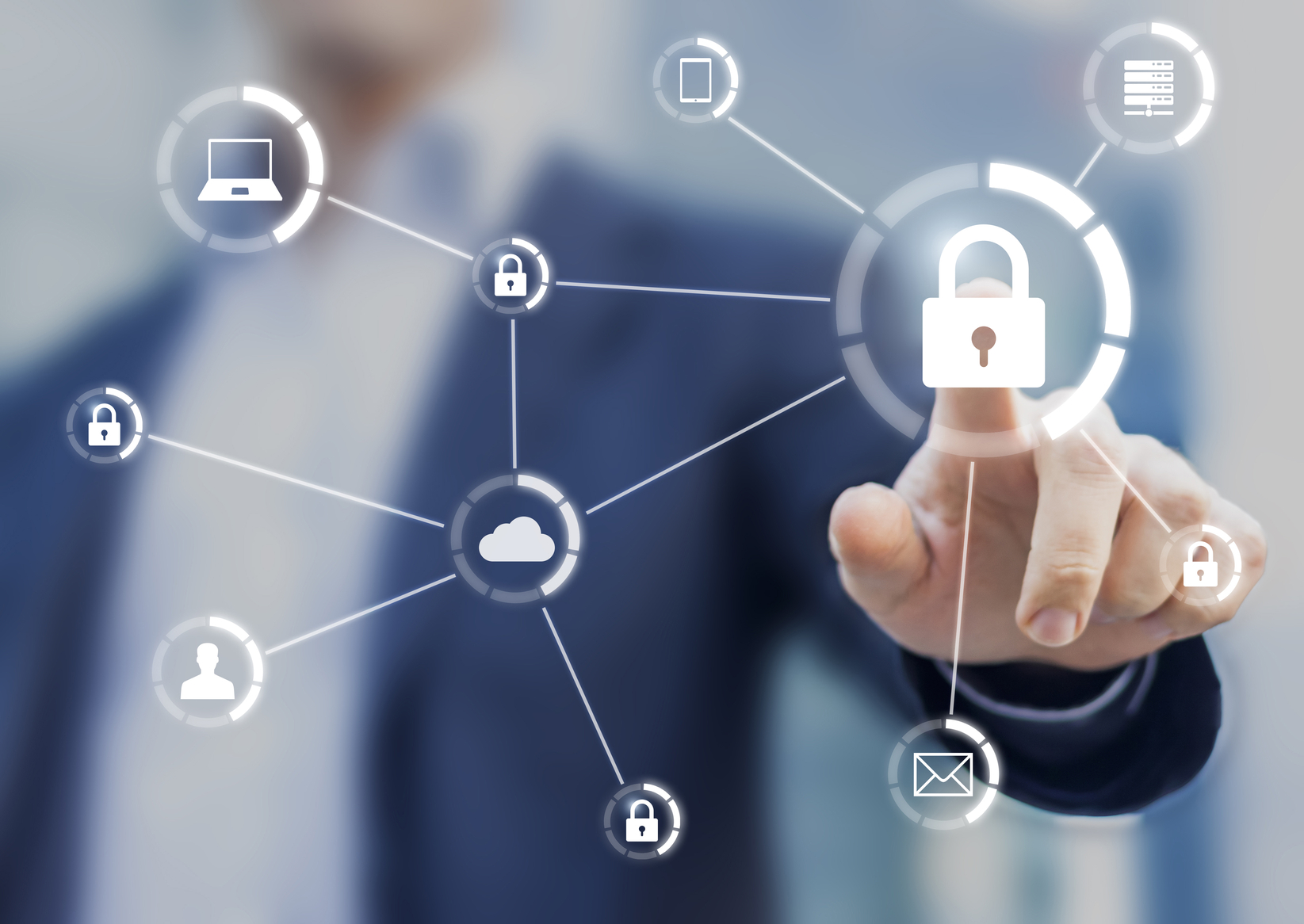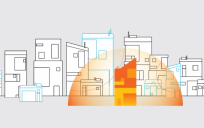![]()
The Internet of Things (IoT for short) is perhaps best described by a 1996 quote from Mark Weiser, a former chief technologist at Xerox, about the promise of ubiquitous computing: “The most profound technologies are those that disappear … they weave themselves into the fabric of everyday life until they are indistinguishable from it.”
The future Weiser described has arrived, to varying degrees at least. The everyday devices that surround us—toasters and toys, cars and keychain bobbles, light bulbs and litter boxes, and pretty much anything bigger than a microchip—can be manufactured to connect to the Internet. Equipped with tiny sensors, these billions of devices stream an invisible sea of data through the Internet’s wireless routers and data centers every day.
Certain parts of government have been eager adopters of IoT technologies, while others have lagged behind. Some hesitation is certainly warranted, considering the serious security risks these devices pose. But the government has a vital role to play in our IoT society—both in wielding these technologies for the public good and in regulating them against malfeasance.
Government IoT in action. A report by the Center for Data Innovation (pdf) details some of the ways government is already using IoT. The General Services Administration (GSA) has been one of the most eager adopters of IoT technologies in government. A “smart building” program launched in 2012 installed sensors to monitor and adjust energy use in dozens of federal buildings. By the GSA’s estimates, the program saves $15 million in energy costs per year.
Other IoT techniques improve transportation logistics. The GSA also installed IoT sensors on its vehicles it provides to other agencies. This IoT technique, known as fleet telematics, tracks vehicles’ locations, navigation systems, and emissions performance to help ensure compliance and spot potential breakdowns before, not after, they need repairs.
The Department of Defense is another enthusiastic adopter of logistical IoT—and beyond its vast supply chain needs, IoT sensors that provide complete “battlefield awareness” to military forces. And scientific agencies use a vast array of sensors to monitor Earth’s environment; networking these sensors provides researchers with a constant live feed of Earth’s weather and climate, patterns of air pollution, and even data on animal migration and the spread of wildfires.
Risks of the IoT. Any device with an IP address can potentially be hijacked by malefactors. In late October 2016, hackers amassed an army of malware-infected consumer IoT devices to launch a crippling distributed denial of service attack against the domain name system (DNS) registry, which underpins much of the Internet’s infrastructure, blacking out a number of popular news and communications sites for hours during the height of election season. Attaching IoT devices to government systems could invite even more critical risks.
An analysis by Deloitte also notes another type of risk associated with IoT adoption—more sensors means more opportunity for government to invade privacy, discriminate against classes of individuals, or otherwise abuse the vast amount of information gathered. For all its promise, the proliferation of IoT directly enables a dystopian surveillance state. In addition to protecting against external security risks, governments should ensure they have sufficient oversight and policies in place to guard against internal abuse as well.
A brighter future. If the IoT’s risks are effectively managed, governments can lead the way to an infrastructure renaissance. Smart buildings and fleet logistics only scratch the surface of what is possible, especially considering that next year’s “things” will have even smaller and more powerful chips available, and more sophisticated sensors and software to guide them. Imagine networked roads and streetlights that sense the presence of cars and communicate when they need repairs—or automatically summon drones to make repairs when needed. Imagine what we’ll imagine ten years from now, when futuristic IoT seems normal.
Adnan Mahmud is part of the GovLoop Featured Blogger program, where we feature blog posts by government voices from all across the country (and world!). To see more Featured Blogger posts, click here.





Leave a Reply
You must be logged in to post a comment.